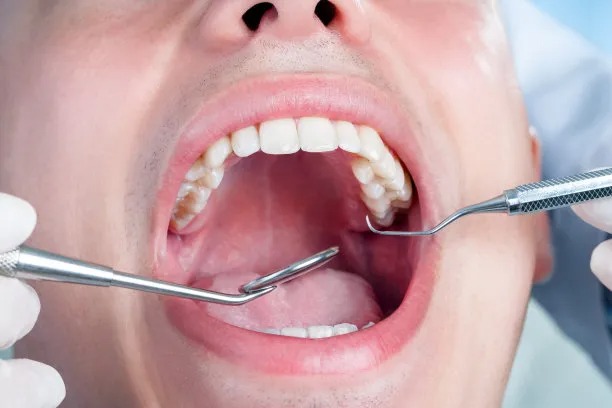Understanding the Process and Importance of Extracting a Tooth for Optimal Dental Health
Summary: Tooth extraction, while often viewed with apprehension, plays a pivotal role in maintaining optimal dental health. This article explores the importance of this procedure, delving into the conditions that necessitate extractions, the procedure itself, the recovery process, and the alternatives to tooth extraction. By understanding these aspects, patients can better appreciate their dental health decisions, ensuring a more informed experience and improved outcomes for their dental care.
1. Conditions That Necessitate Tooth Extractions

Tooth extractions are often required due to various dental issues. One of the primary reasons is tooth decay, which, if severe, can lead to the need for extraction to prevent infection from spreading. When decay has reached the pulp, it compromises the tooths integrity, and extraction is often deemed the only solution.
Another common condition is periodontal disease. Advanced stages of gum disease can cause teeth to loosen, leading to extraction. This situation can significantly affect a patient’s overall oral health, making timely intervention critical.
Additionally, overcrowding is a significant factor that may lead to tooth extractions. In orthodontic treatment, for instance, some teeth may need to be removed to create enough space for proper alignment. This preventive measure can facilitate a healthier bite and jaw positioning.
2. The Tooth Extraction Procedure Explained
Understanding the procedure of tooth extraction can help alleviate some anxiety associated with it. Initially, a dentist will perform an examination, often utilizing X-rays to assess the tooth’s condition. This diagnosis is crucial in determining the best approach to the extraction process.
Next, the dentist will administer local anesthesia to ensure that the patient remains comfortable and pain-free throughout the procedure. Depending on the complexity, the extraction may be straightforward, where the tooth is simply pulled from its socket, or surgical, requiring incisions into the gums.
Once the tooth is extracted, the dentist will provide aftercare instructions, including how to manage any pain and bleeding. Understanding these steps can empower patients with knowledge about what to expect during their visit.
3. Recovery Process Following a Tooth Extraction
The recovery process is crucial for ensuring optimal healing following a tooth extraction. Initially, patients may experience swelling and discomfort, which can be managed with ice packs and over-the-counter medication. Adhering to the dentists aftercare instructions is essential for a smooth recovery.
It’s important to avoid certain activities, such as smoking or vigorous exercise, as they can impede the healing process. Additionally, eating soft foods for the first few days post-extraction will help avoid discomfort and promote healing.
Regular follow-up appointments are vital to monitor the healing progress and to address any complications, such as dry socket, which can occur if blood clots do not form properly. Awareness of these potential risks enables patients to take proactive measures during their recovery.
4. Alternatives to Tooth Extraction
While tooth extraction is sometimes necessary, there are alternatives that may preserve the natural tooth. Root canal therapy is a common option for severely decayed or infected teeth, which can save the tooth and maintain its function in the mouth.
Another alternative is dental crowns, which can restore a compromised tooth, providing strength and enhancing aesthetics. This solution can be a suitable option for teeth that are damaged but still fundamentally sound.
Lastly, orthodontic treatment can also help align overcrowded teeth without the need for extraction. This approach often includes braces or clear aligners, allowing for a comprehensive solution to dental alignment issues while preserving natural teeth.
Summary:
Understanding the process and importance of tooth extraction helps demystify the experiences surrounding dental care. The insights shared in this article emphasize that extractions, while sometimes necessary, are part of a broader strategy for maintaining optimal dental health, with clear alternatives available to preserve natural teeth whenever possible.
This article is compiled by Vickong Dental and the content is for reference only


